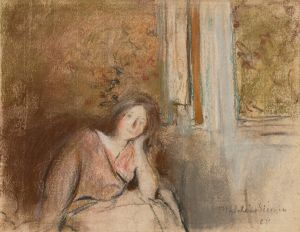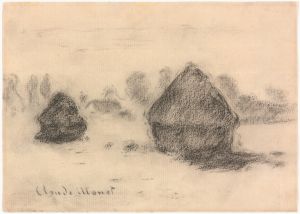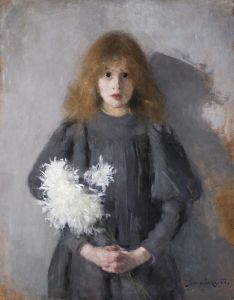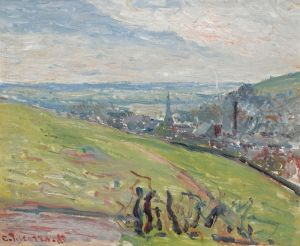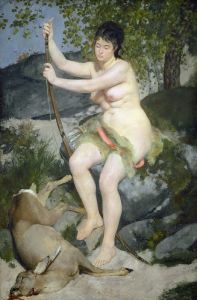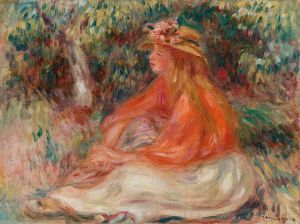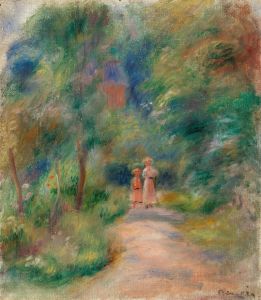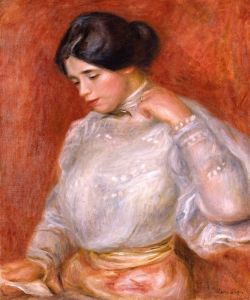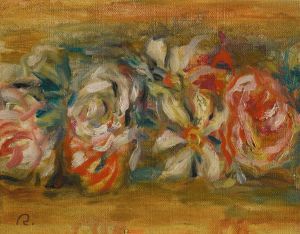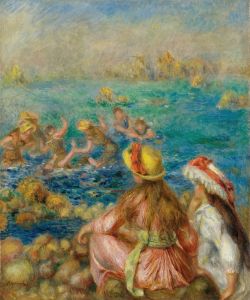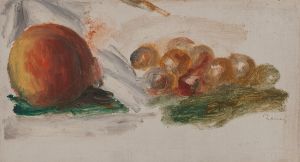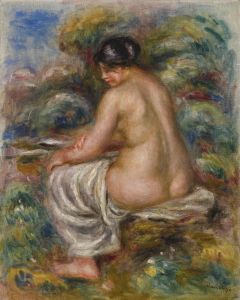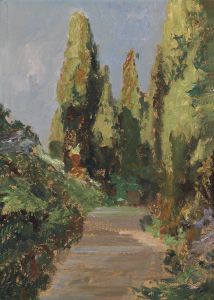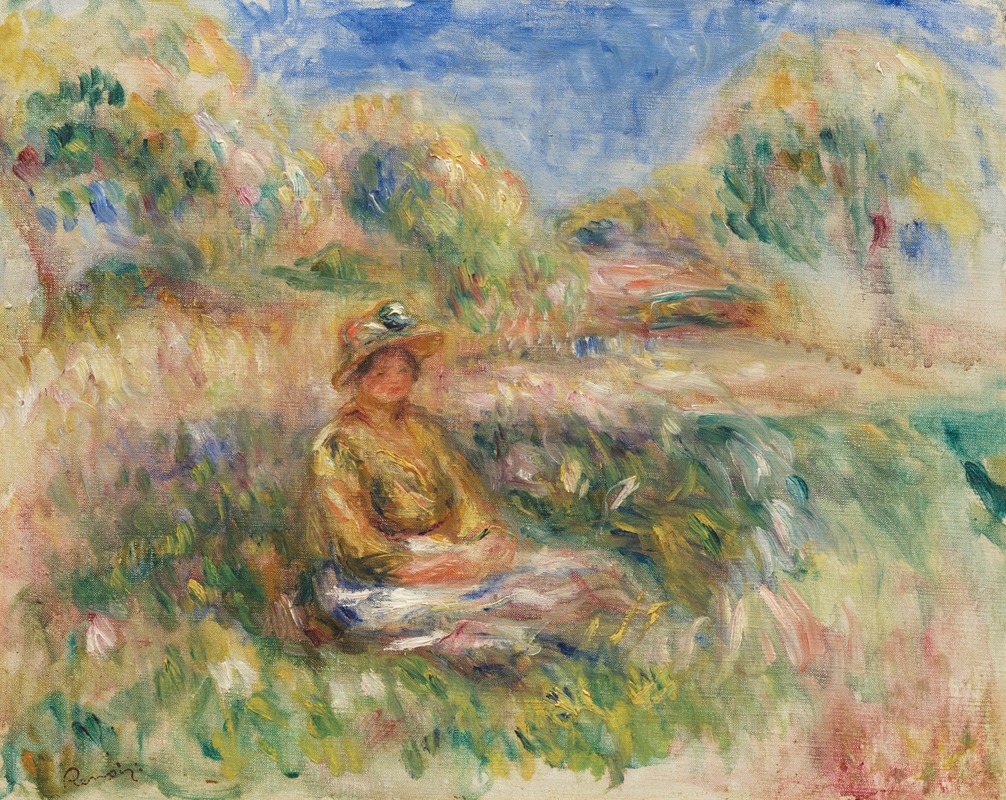
Femme assise dans un paysage
A hand-painted replica of Pierre-Auguste Renoir’s masterpiece Femme assise dans un paysage, meticulously crafted by professional artists to capture the true essence of the original. Each piece is created with museum-quality canvas and rare mineral pigments, carefully painted by experienced artists with delicate brushstrokes and rich, layered colors to perfectly recreate the texture of the original artwork. Unlike machine-printed reproductions, this hand-painted version brings the painting to life, infused with the artist’s emotions and skill in every stroke. Whether for personal collection or home decoration, it instantly elevates the artistic atmosphere of any space.
Pierre-Auguste Renoir's Femme assise dans un paysage (translated as Woman Seated in a Landscape) is a painting created by the renowned French Impressionist artist. Renoir, a central figure in the Impressionist movement, is celebrated for his vibrant use of color, light, and his focus on capturing the beauty of everyday life. This artwork exemplifies his characteristic style, blending naturalistic detail with a sense of warmth and intimacy.
The painting depicts a seated woman in an outdoor setting, surrounded by a lush, natural landscape. Renoir’s use of soft, fluid brushstrokes and his attention to the interplay of light and shadow create a harmonious and serene atmosphere. The woman, dressed in period attire, is portrayed with a sense of grace and tranquility, a recurring theme in Renoir's works that often highlight the charm and elegance of his subjects. The landscape, rendered in rich, vibrant tones, serves as both a backdrop and an integral part of the composition, emphasizing Renoir's fascination with nature and its relationship to human figures.
While the exact date of creation for Femme assise dans un paysage is not definitively documented, it is consistent with Renoir's mature Impressionist period, during which he frequently explored themes of leisure, nature, and the human form. This period, spanning the 1870s and 1880s, marked Renoir's development of a more refined and luminous approach to painting, moving away from the earlier, more experimental techniques of Impressionism.
The identity of the woman in the painting is not known, as Renoir often painted anonymous models or individuals from his social circle without explicitly documenting their names. This anonymity allows the viewer to focus on the universal qualities of the scene rather than the specifics of the subject's identity. The painting reflects Renoir's broader artistic philosophy, which prioritized beauty, joy, and the sensory pleasures of life over narrative or symbolic content.
Femme assise dans un paysage is held in a private collection, and as such, it is not as widely studied or exhibited as some of Renoir's more famous works. However, it remains a testament to his mastery of color, composition, and the Impressionist ethos of capturing fleeting moments of light and life. Renoir's legacy as one of the most influential artists of the 19th century continues to be celebrated, and works like Femme assise dans un paysage contribute to his enduring reputation as a painter of beauty and humanity.





